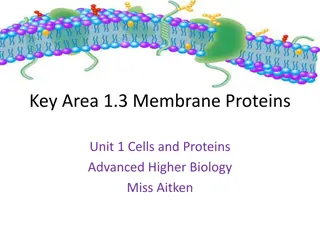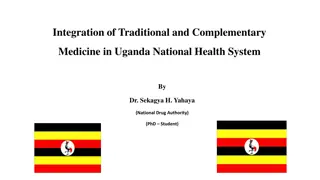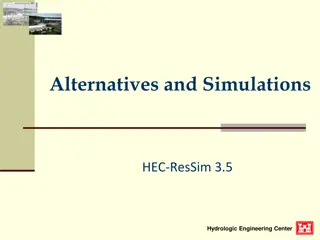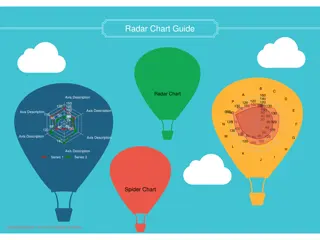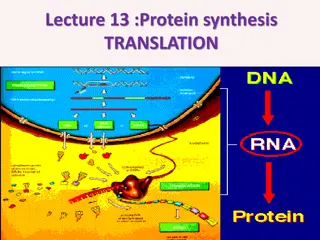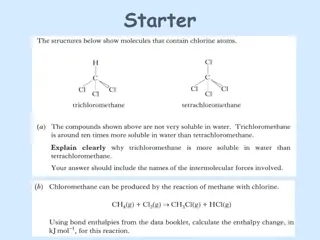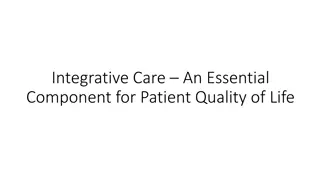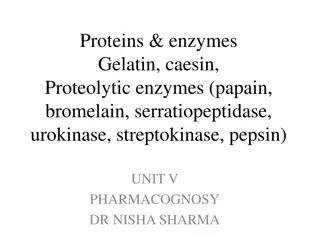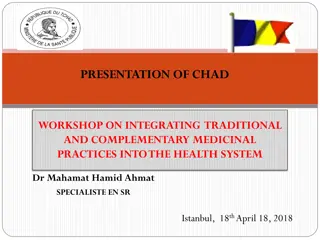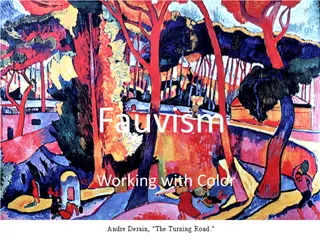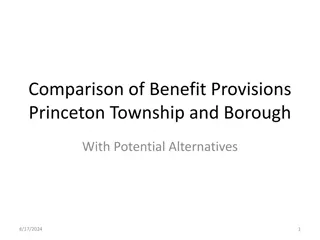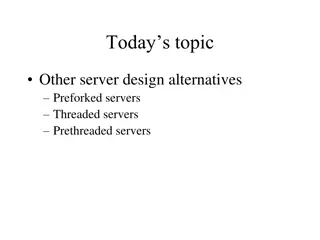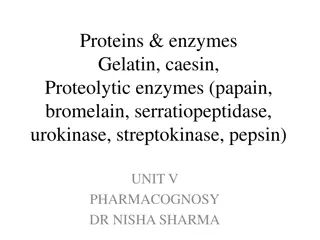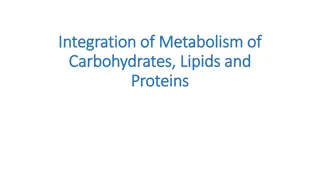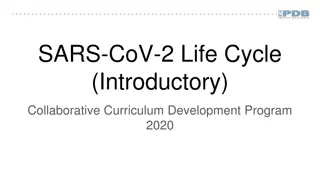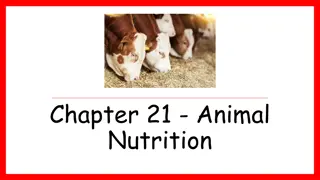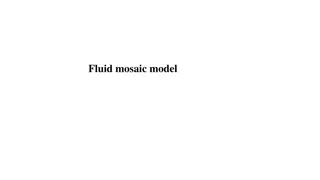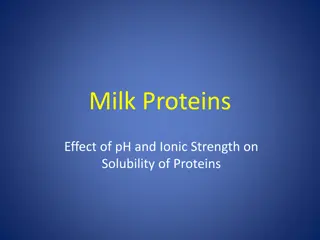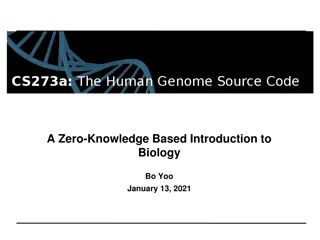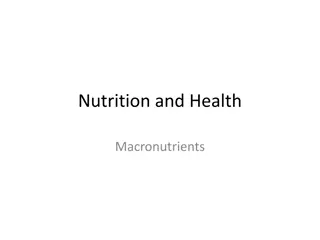Understanding Proteins: Alternatives and Complementary Choices
Explore the world of proteins with a focus on alternatives to meat-based meals and the concept of complementary proteins. Discover different sources of protein, understand the difference between complete and incomplete proteins, and learn how to combine foods to ensure you're meeting all essential amino acids. Be mindful of protein intake for optimal health benefits.
Download Presentation

Please find below an Image/Link to download the presentation.
The content on the website is provided AS IS for your information and personal use only. It may not be sold, licensed, or shared on other websites without obtaining consent from the author. Download presentation by click this link. If you encounter any issues during the download, it is possible that the publisher has removed the file from their server.
E N D
Presentation Transcript
Proteins and Complimentary Proteins Chef Jennifer M. Denlinger, PhD, CCC, CHEP
Objectives Determine alternatives to a meat-based meal. Try new protein alternatives Calculate the differences of protein choices then compare their nutritional values.
What is a protein value 1 ounce of meat, poultry, or fish = cup cooked dry beans 1 egg 1 tablespoon of peanut butter ounce of nuts or seeds cup of tofu 2 tablespoons of hummus soy or bean burger patty
Protein in Food Incomplete proteins Complete proteins Animal sources Plant sources such as quinoa, soybeans oContains all amino acids Plant sources= (dried beans, nuts, seeds, vegetables oA singular source does not contain all the amino acids
Complementary Proteins When two or more incomplete proteins are eaten together over a course of a day so all amino acids are present. Examples 1. Beans and tortillas 2. Peanut butter sandwich 3. Macaroni and cheese 4. Tofu with rice 5. Hummus with pita bread 6. Chickpeas and rice As long as you eat a variety of plant foods, such as brown rice, corn, nuts, seeds, whole grains and wheat within each 24-hour period, your protein needs should easily be met.
Protein and Health Eating too much protein has no benefits and may result in: Excessive kcalories Excessive fat if you are eating too much high-fat animal foods Calcium loss High intakes of animal proteins are associated with certain cancers, such as cancer of the colon
How do you know which protein is the right choice? Each group prepares one item. Prepare all the amount your instructor has provided to you. Make sure you prepare tasting size portions. Use your textbook to fill in the you line-item data. We will discuss what the best options based on the data, and taste values.




